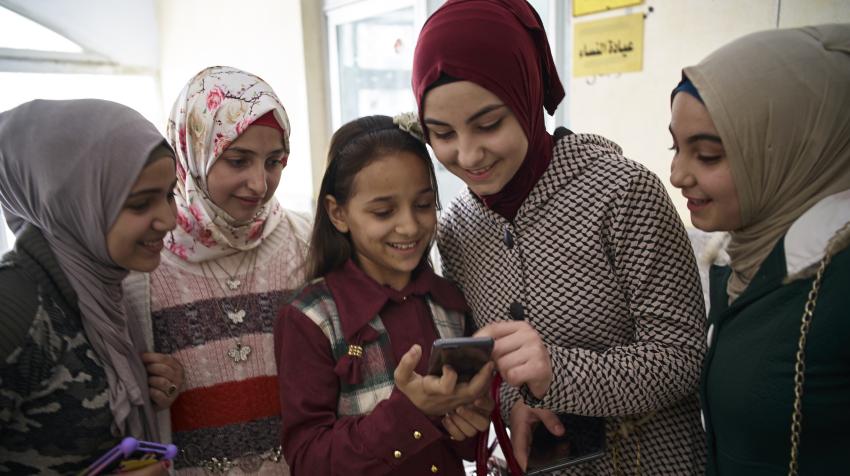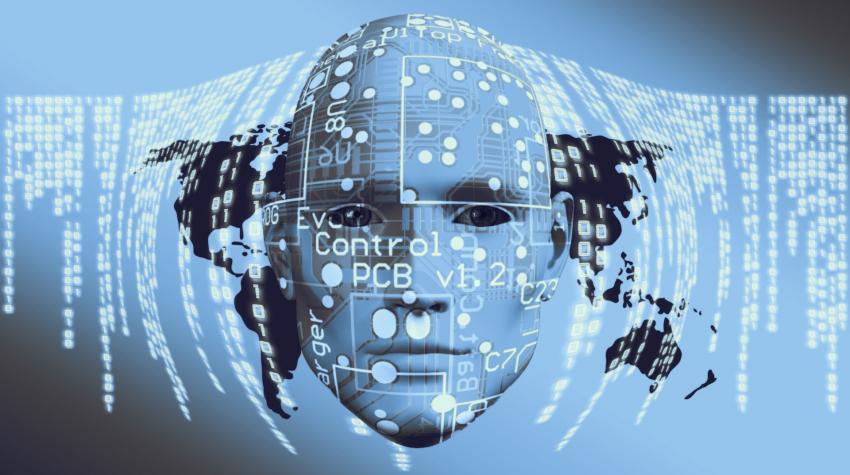As I write these words, the world is engulfed in a viral pandemic that has claimed over a million lives and infected more than 38 million. Relative to a total population of over 7 billion, these numbers might seem fractionally small, but they represent an enormous toll that might have been prevented had there been a more concerted effort to educate the public, coordinate the production of protective equipment, implement social distancing, and lock down some enterprises and activities for a matter of weeks where proximity was unavoidable. It is evident, however, that the impact of these measures would affect different sectors of the population unequally. For those whose livelihoods depend on working near others, economic assistance is also necessary during a lockdown, in addition to taking active steps to stem the spread of the virus.
It is no surprise that in the digital world, the language we use to describe the threat of so-called “malware” has been adopted from the medical terminology of epidemics. We talk of digital viruses that infect computers, copy themselves and spread to other machines through the Internet or by means of “infected” thumb drives. In the past, computer diskettes were a vector for the spread of malware. The word “bug”, used to describe biological viruses and bacteria, is generally defined in computer terminology as a mistake in programming that can be exploited to cause harm.
In the case of the COVID-19 pandemic, medical experts tell us that wearing masks does not adequately protect us from the virus. Rather, it helps protect others from being infected by us! For this concept to be effective, all members of a population must cooperate to protect each other from the further spread of the virus. A parallel might be drawn between the SARS-CoV-2 virus and digital viruses. To the extent that we make use of virus-detecting software and keep all of our applications up to date to repair software bugs that can be exploited by hackers, we also protect others’ computers from being infected by our own. The exploitation of software bugs serves as the moral equivalent of infection, hence the commonality of language.
United Nations Secretary-General António Guterres studied electrical engineering and speaks authoritatively and persuasively about the need for “digital cooperation” in a time of great interdependence. Our global society has evolved to become increasingly dependent on digital technology. When the technology fails, this reliance can lead to a range of cascading negative effects. People feel disabled when a 3G, 4G, 5G or Wi-Fi signal is unavailable and the myriad smartphone applications on which they depend stop working. I expect that many readers who travel extensively understand the consequences of the dire message “the computers are down” at the airport. In addition to the many ways in which we can use the Internet for e-commerce, e-government, e-education and many other “e-” areas, we are increasingly motivated to cooperate and collaborate to reduce vulnerabilities.

The Internet and its World Wide Web applications present many great opportunities for the discovery, production and distribution of information, among other benefits. Machine learning has augmented our human abilities to process and understand data. These digital tools are enabling super-human capabilities as never before. Unfortunately, they also may be applied to harmful and destructive digital behaviors such as the exploitation of susceptible, bug-ridden software for attacks, and the sometimes unintentional dissemination of misinformation and disinformation intended to create confusion, division and conflict. It has long been recognized that a distinguishing characteristic of our species (and others!) is the making of tools. The misuse and abuse of tools follows not too far behind.
This leads us to the obvious question, “What is to be done?” Here we have a number of avenues to explore. For one thing, our computer scientists can develop better programming tools to expose mistakes before software is released into use. They can share these discoveries widely, in line with the Secretary-General’s call for cooperation. As I type these words, the software I am using automatically highlights misspellings and grammatical errors. We need similar tools to highlight mistakes occurring in the many programming languages used today. Of course, serious problems with software are often the result of subtle race-conditions or errors in logic rather than spelling or syntax, and thus require much more sophisticated scrutiny.

We can also ensure that software-based products, including the growing “Internet of Things”, are capable of safe updates coming from a trusted source without being altered on the way to their destination. This process is especially important for products with long lifespans, such as industrial machinery and long-lived household equipment, including kitchen appliances and heating, ventilation and cooling systems. One can imagine common standards for updates that are required for the sale or export of programmable devices.
We might also ask of our computer scientists and software engineers that they design and build more secure operating systems that serve as platforms for the millions of applications on which we have come to depend. The same can be said for the applications themselves, ensuring that they are resistant to malformed inputs used by hackers to trigger exploitable vulnerabilities. These desirable outcomes deserve to be widely shared in an effort to collaboratively build a safer and more secure digital world.
There is more to the “digital mask” than virus and malware detectors and safe software updates. In fact, one of the most effective means of dealing with the side effects of the online digital world isn’t digital at all. It’s what I call “wetware”, otherwise known as brains. Even when we use computers to help us process information, the ultimate use of that information is a human affair. What we do with it, how we evaluate it, and how and when we share it is all part of the human equation. Uncritical acceptance of information without questioning its origins or corroborating sources and intent serves to spread deliberate disinformation or misinformed rumour. Critical thinking is yet another mask we can wear to protect others and ourselves. Responsible parties should ask questions about information received from any source, including newspapers, magazines, television, radio, books and the Internet. Especially important is information derived from social networks, which should be scrutinized for accuracy before repeating (I almost wrote “retweeting”).
Ultimately, we should strive to put the most powerful information processing tool ever invented—the computer—to work validating and verifying the information we obtain from digital sources of all kinds. This is one of the many ways in which digital cooperation can benefit our global and increasingly network-based societies.
The UN Chronicle is not an official record. It is privileged to host senior United Nations officials as well as distinguished contributors from outside the United Nations system whose views are not necessarily those of the United Nations. Similarly, the boundaries and names shown, and the designations used, in maps or articles do not necessarily imply endorsement or acceptance by the United Nations.




